Increasing Disposable Income
The Motorcycle Loan Market is positively affected by rising disposable incomes among consumers, which enhances their purchasing power. As economic conditions improve, more individuals are willing to invest in motorcycles for personal use. In 2025, it is projected that disposable income levels will increase by 5% in many regions, leading to a corresponding rise in motorcycle sales. This trend is likely to stimulate the Motorcycle Loan Market, as consumers seek financing options to acquire motorcycles that align with their lifestyle choices. The correlation between disposable income and motorcycle purchases suggests that as financial conditions improve, the demand for motorcycle loans will also rise, creating opportunities for lenders in the Motorcycle Loan Market.
Expansion of Financing Options
The Motorcycle Loan Market is experiencing an expansion of financing options, which is making it easier for consumers to access loans for motorcycle purchases. Financial institutions are increasingly offering diverse loan products, including low-interest rates, flexible repayment terms, and tailored financing solutions. In 2025, it is anticipated that the availability of online loan applications and instant approval processes will further streamline the borrowing experience. This accessibility is likely to attract a wider range of consumers, including first-time buyers and those with varying credit profiles. As financing becomes more accessible, the Motorcycle Loan Market is expected to grow, driven by an increase in loan applications and approvals.
Rising Popularity of Motorcycles
The Motorcycle Loan Market experiences a notable surge in demand for motorcycles, driven by a growing interest in two-wheeled vehicles for both commuting and leisure. As urban congestion increases, many consumers are turning to motorcycles as a practical solution for navigating traffic. In 2025, the motorcycle ownership rate is projected to rise, with an estimated 15% increase in new registrations compared to previous years. This trend is likely to stimulate the Motorcycle Loan Market, as more individuals seek financing options to acquire motorcycles. Additionally, the appeal of motorcycles as a cost-effective mode of transportation further enhances their attractiveness, potentially leading to a sustained growth trajectory in the Motorcycle Loan Market.
Shift Towards Sustainable Transportation
The Motorcycle Loan Market is witnessing a shift towards sustainable transportation solutions, with an increasing number of consumers opting for eco-friendly motorcycles. The rise of electric motorcycles, which offer lower emissions and reduced environmental impact, is reshaping consumer preferences. In 2025, the market for electric motorcycles is expected to grow by approximately 20%, reflecting a broader trend towards sustainability. This shift not only influences purchasing decisions but also impacts financing options, as lenders may offer specialized loans for electric motorcycles. Consequently, the Motorcycle Loan Market is likely to adapt to these changing consumer preferences, providing tailored financing solutions that align with the growing demand for sustainable transportation.
Technological Advancements in Motorcycles
The Motorcycle Loan Market is significantly influenced by advancements in motorcycle technology, which enhance performance, safety, and fuel efficiency. Innovations such as anti-lock braking systems, advanced suspension systems, and improved engine designs are making motorcycles more appealing to consumers. In 2025, it is anticipated that the introduction of smart motorcycles, equipped with connectivity features and enhanced safety measures, will attract a broader audience. This technological evolution not only increases the desirability of motorcycles but also encourages consumers to seek financing options, thereby bolstering the Motorcycle Loan Market. As manufacturers continue to innovate, the demand for loans to purchase these advanced motorcycles is likely to rise.


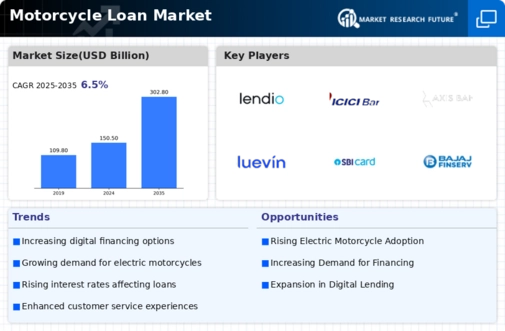
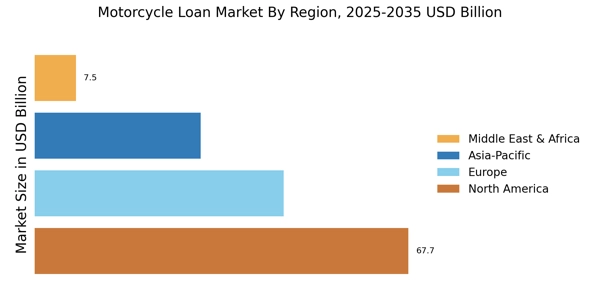

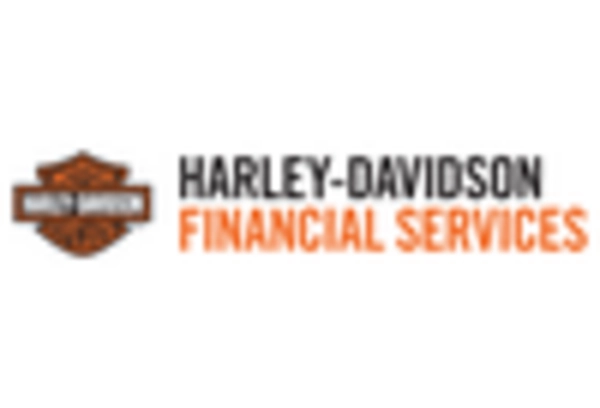
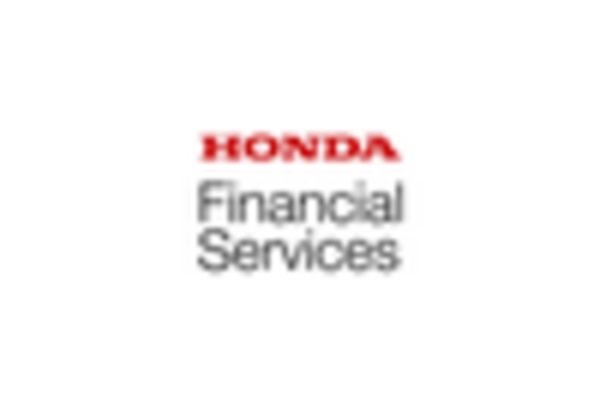
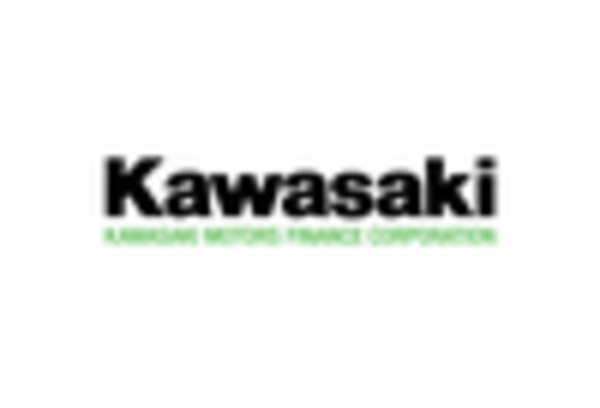
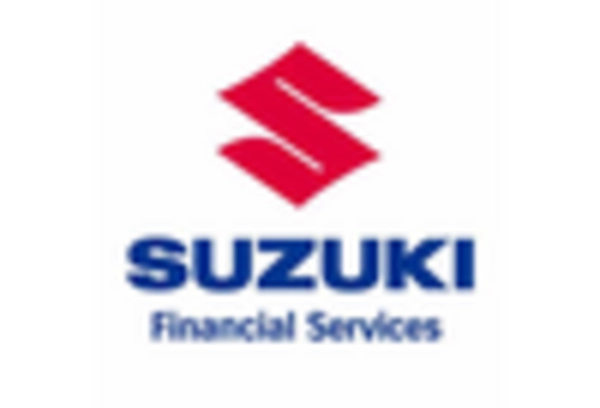









Leave a Comment